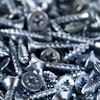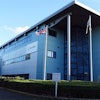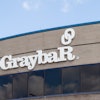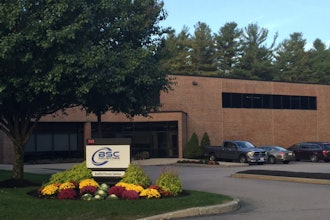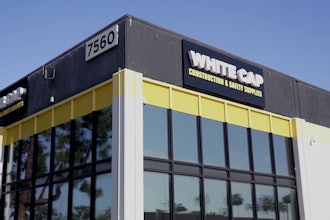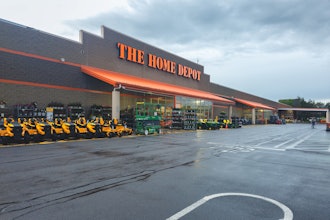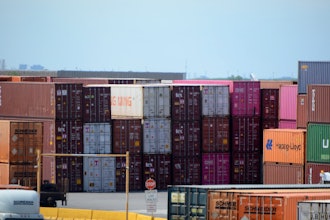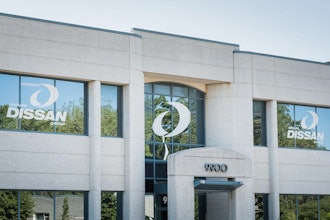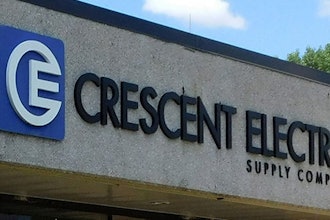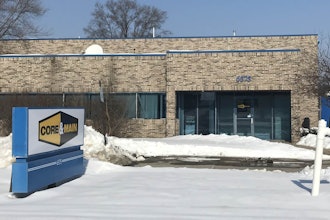WASHINGTON (AP) — The economy hit a soft patch in the first three months of this year, caused by a big jump in oil prices, and the impact of those higher prices are likely to weigh on growth for the rest of the year.
After growing at an annual rate of 3.1 percent in the final three months of last year, the economy slowed to just 1.8 percent growth in the January-March period.
The Commerce Department is scheduled to revise that figure Thursday. Analysts surveyed by FactSet are looking for an upward revision to around 2.2 percent growth, still a lackluster pace.
Going forward, many analysts believe the economy will perform only slightly better in the current April-June quarter and in the second half of this year. They see overall growth, as measured by the gross domestic product, bumping along at an annual rate just below 3 percent.
"The rest of this year is not going to be a barn burner," said Sung Won Sohn, an economics professor at the Martin Smith School of Business at California State University. "The higher energy prices are going to continue to cascade throughout the economy."
And in addition to higher energy prices, there are also concerns that the European debt crisis could once again threaten to derail the U.S. economy, just as it did in the spring of 2010.
Analysts are also concerned about how much of an impact the supply disruptions stemming from the March earthquake and tsunami in Japan will have on U.S. manufacturing, especially factories making cars and electronic products that depend on component parts from Japan.
Some analysts think that Japan's supply chain problems could shave as much as one-half percentage point from growth in the April-June period.
David Wyss, chief economist at Standard & Poor's in New York, said he believed economic growth in the current quarter will come in at an annual rate of 2.5 percent, little changed from the first quarter.
He said he looked for growth in the second half of the year to strengthen slightly to around 3 percent as the manufacturing supply disruptions ease and auto plants and other factories get back to full production.
Wyss said he saw growth for the whole year at around 2.7 percent, slightly below last year's 2.9 percent growth.
"There are just too many headwinds for the economy to fight against at the moment," Wyss said.
Some economists are more optimistic that the economy will be able to shake off all its problems and grow at a faster rate in the second half of the year.
Mark Zandi, chief economist at Moody's Analytics, is forecasting growth will average close to 4 percent from July through December.
"For this year, the first quarter will be the low point but the final quarter will be the high point, providing good momentum going into 2012," Zandi said. "I am looking for 2012 to be a good year."

